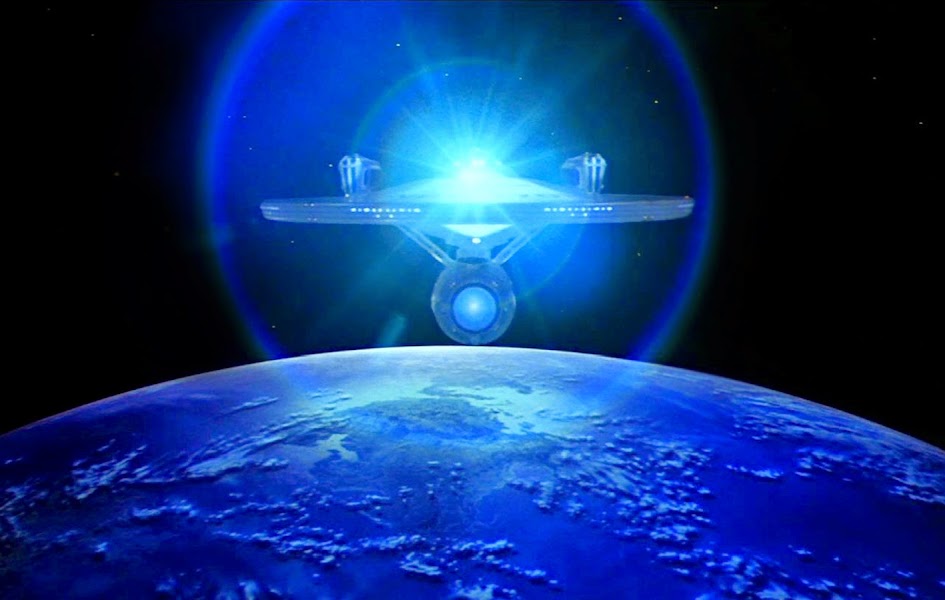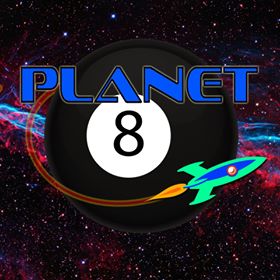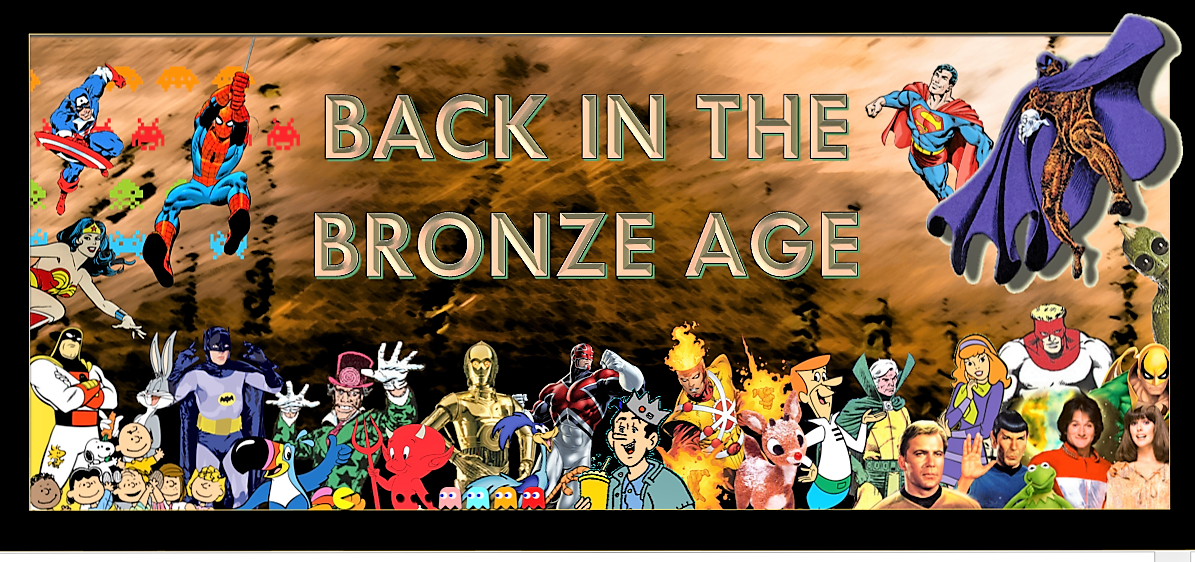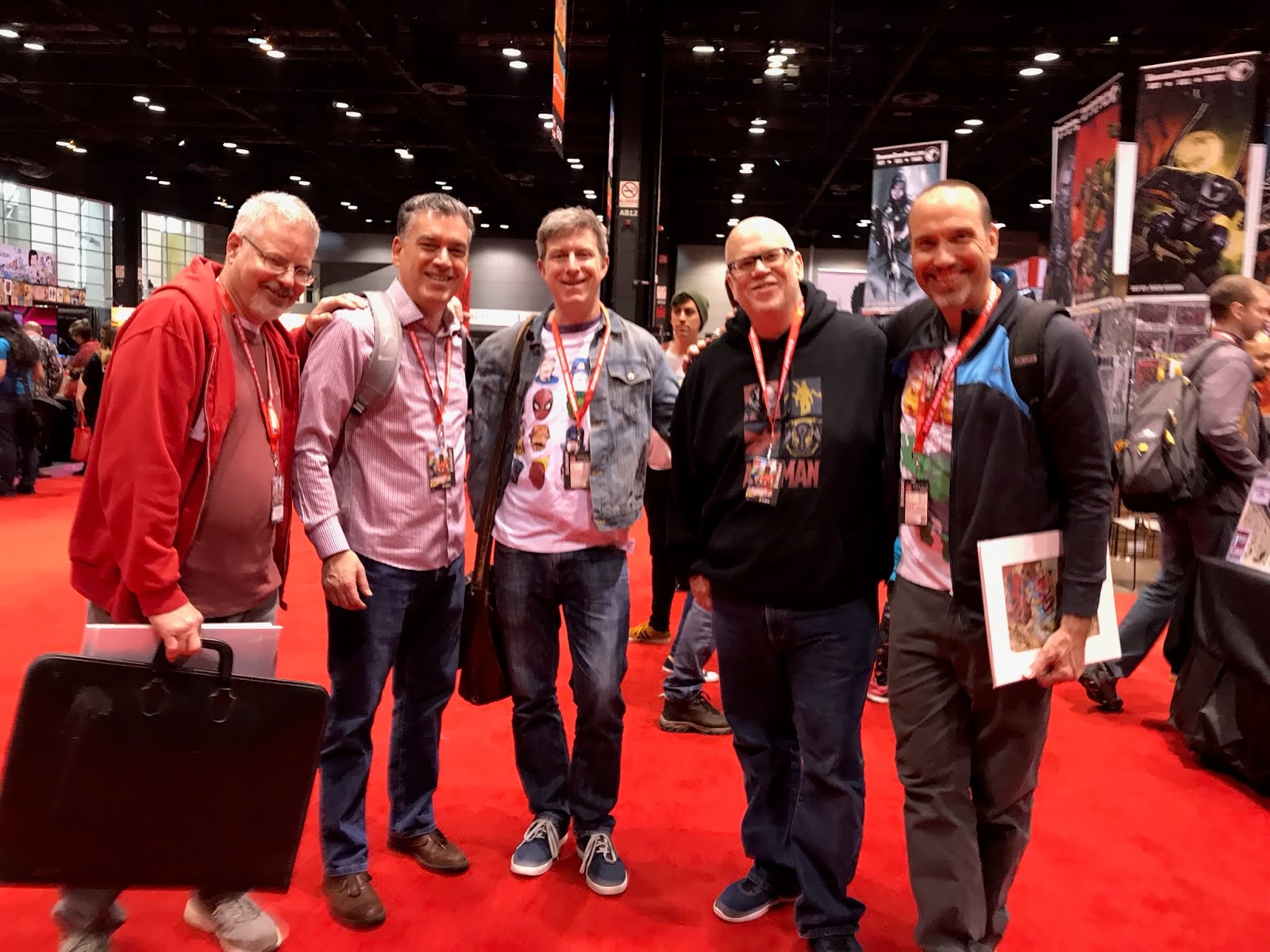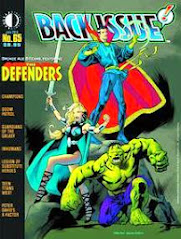Iron Man Annual #4 (1977) - Midnight story
"Death Lair"
Roger Stern-Jeff Aclin/Don Newton
Doug: You might think that it would be strange if I sought out the Midnight story when the main yarn in that summer extravaganza boasted pure Bronze Age heaven. Well, it would be strange, and I did not. But in reading this annual I did see the Midnight story tucked near the end, thought that in itself we had an oddity, and so bring it to you today. Think the story's obscure? Heck, Midnight's obscure!
Many among my Bronze Age brethren (and sisthren) were kung fu fighting during the 1970's. I was a pacifist in my pudgy pre-teen days, so was not. OK, that's not entirely true, because I did beat up my neighbor Donald one day because he'd irritated me one time too many. My issue with the kung fu books was strictly monetary. With only so many quarters in my pocket and out on my horizon, I wasn't going to stray too far from the superheroes I knew and loved. It was more of a nominal genre allocation problem than anything else. So without any sense that I didn't like those sorts of books in my youth, I will truthfully plead ignorance and trudge forth today. After all, this is only a 5-pager; if I don't like it, then we really won't have wasted much of our time, right?
I did know of Midnight back in the day, as they say. Everyone knows the
Avengers was my mag, and everyone knows that the "Celestial Madonna" arc is one of my all-time fave stories. And who should appear in
Avengers #131-G-S Avengers #3? Yup - Midnight. But that's all I knew of him. I had a copy of
Iron Man Annual #4, but honestly did not remember this story until I laid eyes on it again several weeks ago. I'd wager that when I bought this as an 11-year old I didn't even read the back-up. As I said at the top... Iron Man and the Champions? Take two quarters!
I'm going to present this story in its entirety, so you can make your criticisms along with me, just below. I'll start by criticizing myself and my inability to provide a good scan when using PowerPoint to bring a .pdf file over from the DVD-ROMs. Just looks drawn... sort of like watching analog television in widescreen.
No
100-Word Review today -- that was so short, it probably didn't take you much longer to read the whole story! So, on with --
The Good: This was a compact story with no beginning and no end -- just a whole lot of middle. But I didn't mind that. Roger Stern's words and the art team of Jeff Aclin (I got nuthin'... anyone familiar with his work in other places?) and Don Newton moved things right along. Characterization on the toughs was pretty standard comic book fare, which was OK -- nothing campy or contrived. Without much background beyond his appearance in the Avengers, I am uncertain of whether or not I should root for Midnight. This Half-face guy was also a mystery to me. I think that's part of the appeal of this tale for me -- it has me curious. I am planning to somehow acquire the upcoming
Deadly Hands of Kung fu Omnibus that reprints the '70s black-and-white magazines of the same name. I don't know if Midnight appears anywhere within, but I kind of hope he does.
Tell me -- is it always a thing in martial arts comics to use the various weapons? Because that really ups my stress level, people start throwing stars and such. Man... those guys are super bad.
I'm also digging the ads adjoining that last page sample.
The Bad: My scans. Hate 'em. Other than that, really nothing to report. For a back-up story, and I'm left wondering what sort of stock filler this must have been, it was just that: filler for a large comic.
I like Midnight's look when wearing his coat and cape, but
he really gives me a Death-Stalker vibe. When he's in the all-black body suit, I felt like he should have been lighted a bit more than he was. Otherwise he just shows as a void on the page. But maybe that's the point.
The Ugly: Nada.
That's it. Pretty short collection of thoughts for a really short story. But hopefully some of you who stopped by today will leave a thought of your own. I'd certainly appreciate some of our readers taking the time to educate me on Midnight, but also on kung fu comics in general. Thanks in advance.



































































